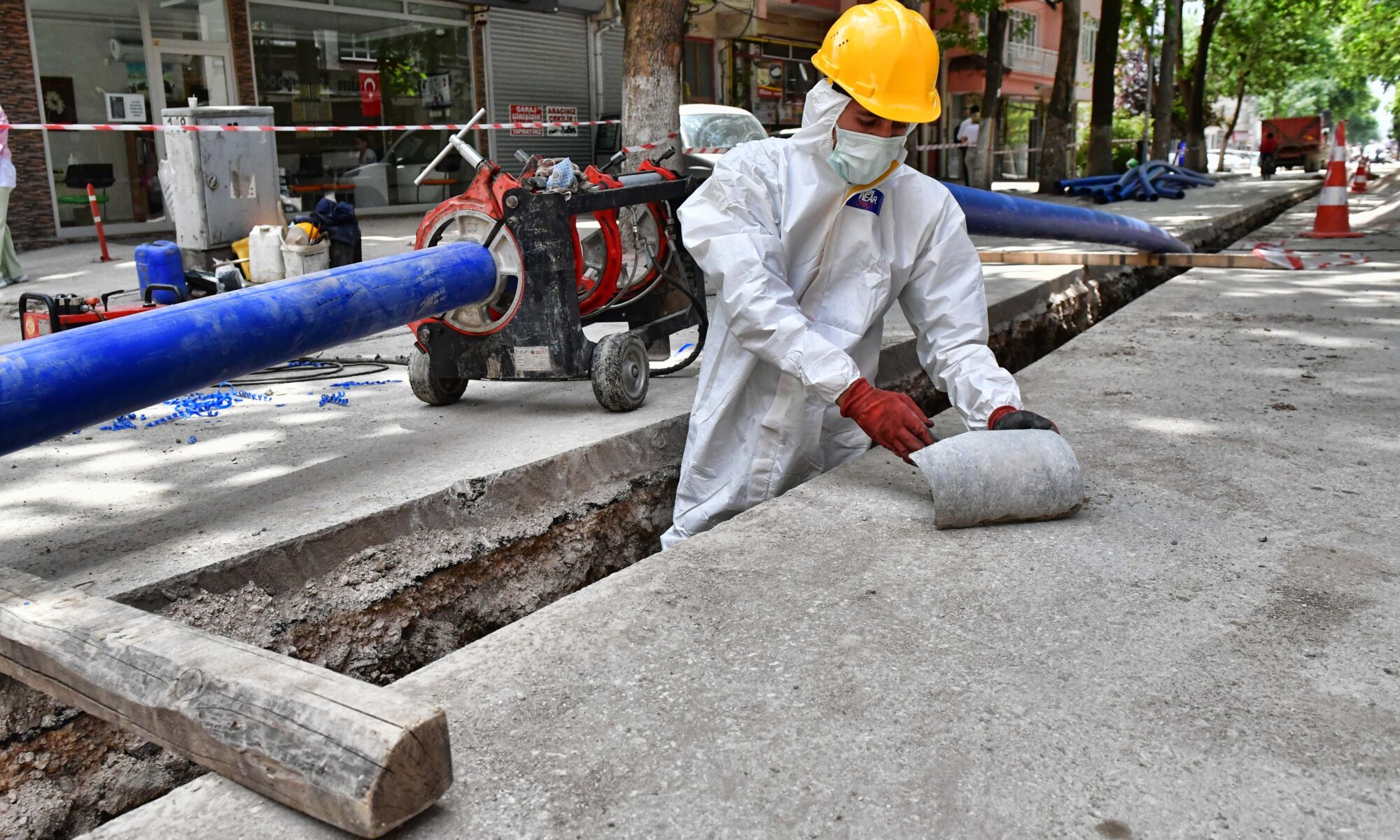Understanding Asbestos Removal: Ensuring Safety and Compliance
Introduction to Asbestos Hazards
Asbestos, a once widely-used building material, is now a recognized health hazard. The fibers from asbestos can become airborne and, when inhaled, cause serious diseases, including asbestosis, lung cancer, and mesothelioma. Given its dangerous legacy, the removal of asbestos from buildings and homes is a critical process that requires expertise, precision, and adherence to strict regulatory standards.
The Importance of Professional Asbestos Removal
Asbestos removal is not a do-it-yourself task. The complexity of safely eliminating this toxic material means that it should only be handled by professionals who have been trained and certified in asbestos abatement. These experts understand the risks involved and have access to the necessary tools and protective equipment to minimize the release of asbestos fibers during the abatement process.
Health Implications of Asbestos Exposure
Long-term exposure to asbestos fibers poses significant health risks. Symptoms of asbestos-related diseases can take years to manifest, making it crucial to prevent exposure in the first place. Professional asbestos removal is not just about following legal regulations; it’s about protecting the health of building occupants, workers, and the surrounding community.
Regulatory Framework for Asbestos Abatement
Several regulatory bodies, including the Environmental Protection Agency (EPA) and the Occupational Safety and Health Administration (OSHA), have established strict guidelines for asbestos removal. These regulations are designed to ensure that asbestos is abated in a manner that prevents the release of fibers into the air and protects public health.
The Asbestos Removal Process
Understanding the Steps Involved
The process of asbestos removal must be thorough and systematic to ensure safety and compliance with all regulations. Here’s a breakdown of the typical steps involved in professional asbestos abatement:
Pre-Removal Preparations
Before any work begins, a thorough inspection and risk assessment are conducted to identify the presence of asbestos-containing materials (ACMs). Once confirmed, the removal area is sealed off to prevent contamination of other areas. Warning signs are posted, and air filtration systems are installed to maintain negative pressure and filter out any fibers released during the process.
Removal and Disposal of Asbestos
Certified professionals, wearing appropriate personal protective equipment (PPE), carefully remove the ACMs to minimize fiber release. The removed materials are then placed in leak-tight containers, labeled with hazard warnings, and transported to designated disposal facilities that are equipped to handle asbestos waste.
Post-Removal Cleanup and Air Monitoring
After the removal, a meticulous cleanup process is undertaken to eliminate any remaining asbestos residues. This includes the use of specialized vacuums fitted with HEPA filters and wet cleaning methods. Air monitoring is performed throughout and after the process to ensure that airborne asbestos levels are below the permissible exposure limit.
Final Inspection and Clearance Testing
A final inspection is conducted by an independent third party to review the completion of the work and conduct clearance testing. Only when the area has passed clearance criteria, indicating that it’s safe from asbestos contamination, can it be reoccupied.
Choosing the Right Asbestos Removal Contractor
Selecting an asbestos removal contractor should be done with care to ensure that they have the proper certifications, experience, and adherence to safety standards. A reputable contractor will provide a detailed plan of action, including safety measures and compliance with all applicable regulations.
Cost Considerations for Asbestos Abatement
The cost of asbestos removal can vary greatly depending on the scope of the project, the amount of asbestos present, and the difficulty of the removal. While it may be tempting to consider cost-saving measures, it is crucial to prioritize safety and compliance over budget constraints.
DIY Asbestos Removal: Understanding the Risks
Some homeowners may consider undertaking asbestos removal themselves to save money. However, this is highly discouraged due to the severe health risks and legal implications of improperly handling asbestos. Professional abatement is always the recommended course of action.
The Future of Asbestos Removal
Advancements in technology and evolving regulations continue to shape the landscape of asbestos removal. Increased awareness and improved detection methods are driving the development of safer, more efficient abatement techniques. The goal remains to protect public health and the environment from the dangers of asbestos exposure.
Conclusion: The Critical Role of Safe Asbestos Abatement
Asbestos removal is a vital process that requires expertise, precision, and respect for strict health and safety regulations. The risks associated with asbestos exposure are too significant to overlook, making professional abatement an essential service for the protection of public health and the environment. As we continue to live with the legacy of asbestos use, it’s imperative to support and uphold the rigorous standards set forth by regulatory authorities to ensure that asbestos is removed safely and effectively.

